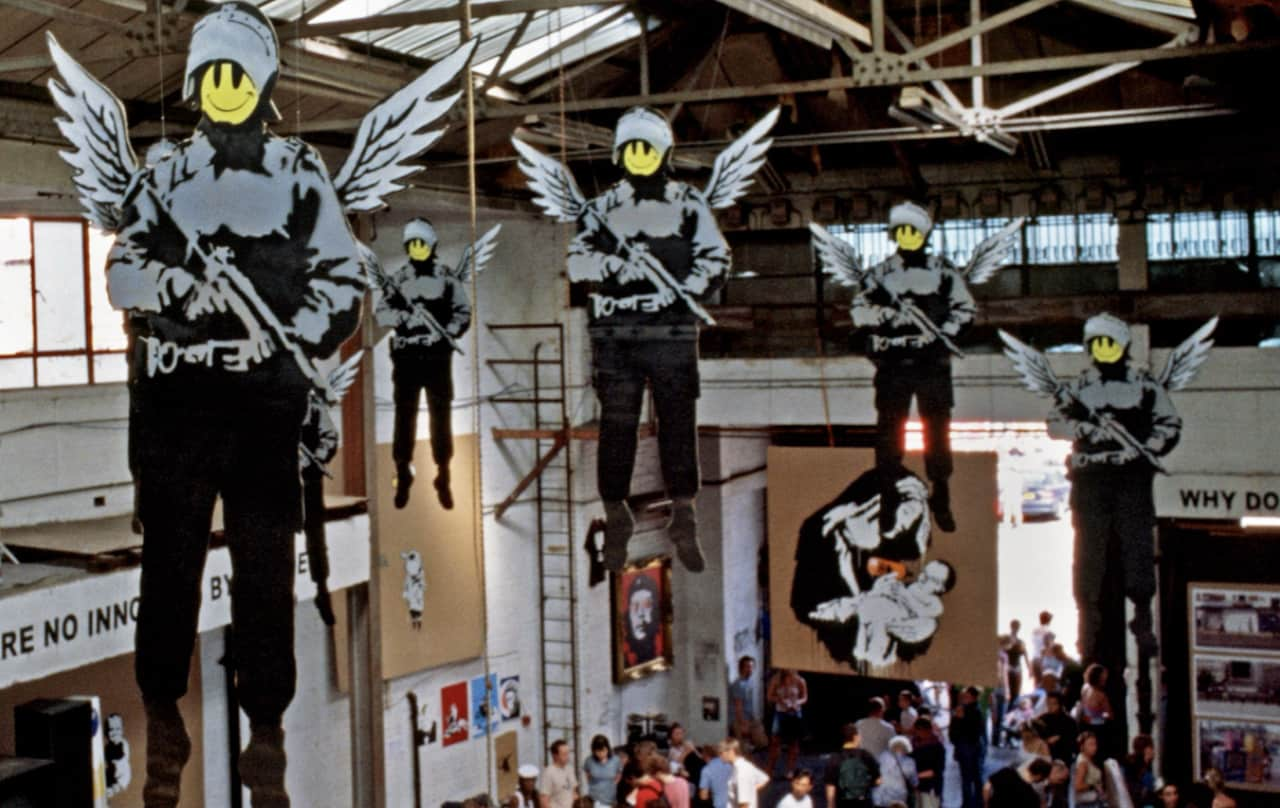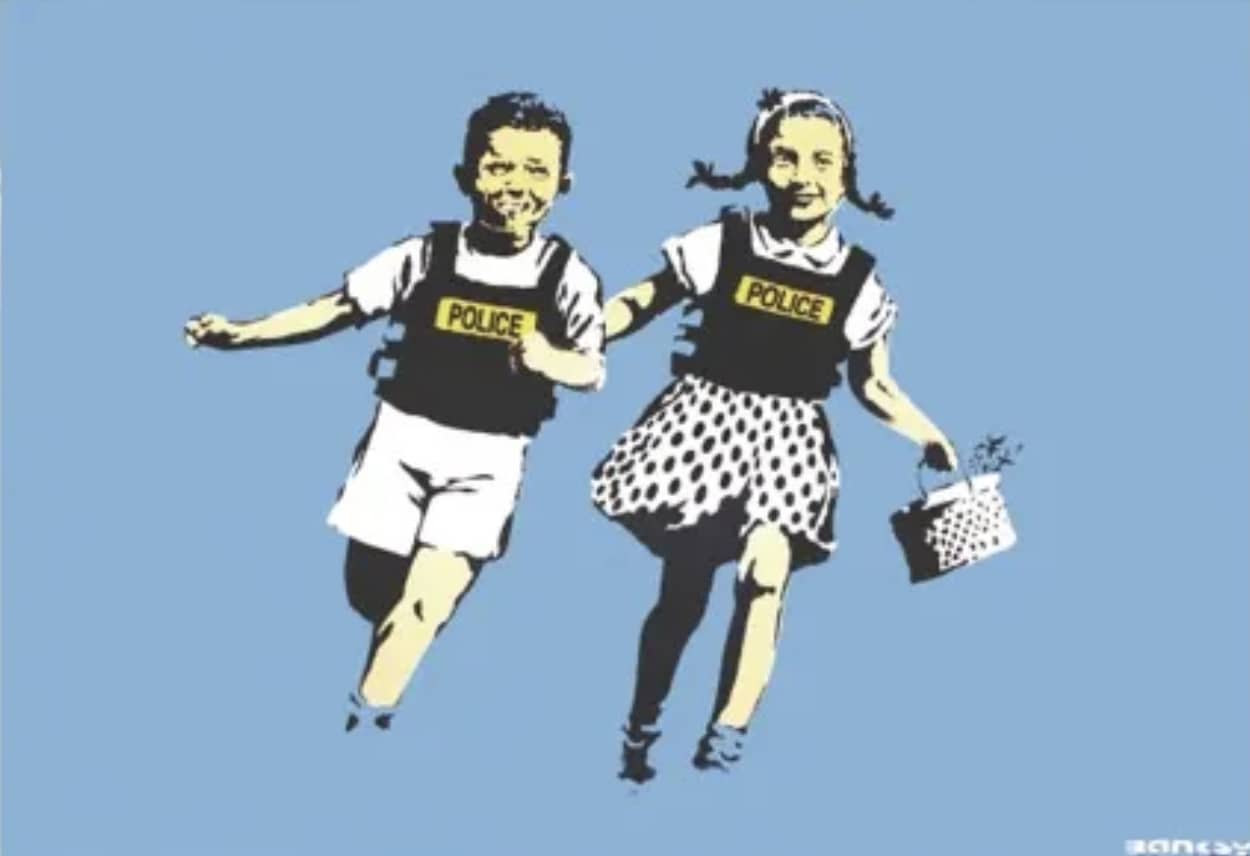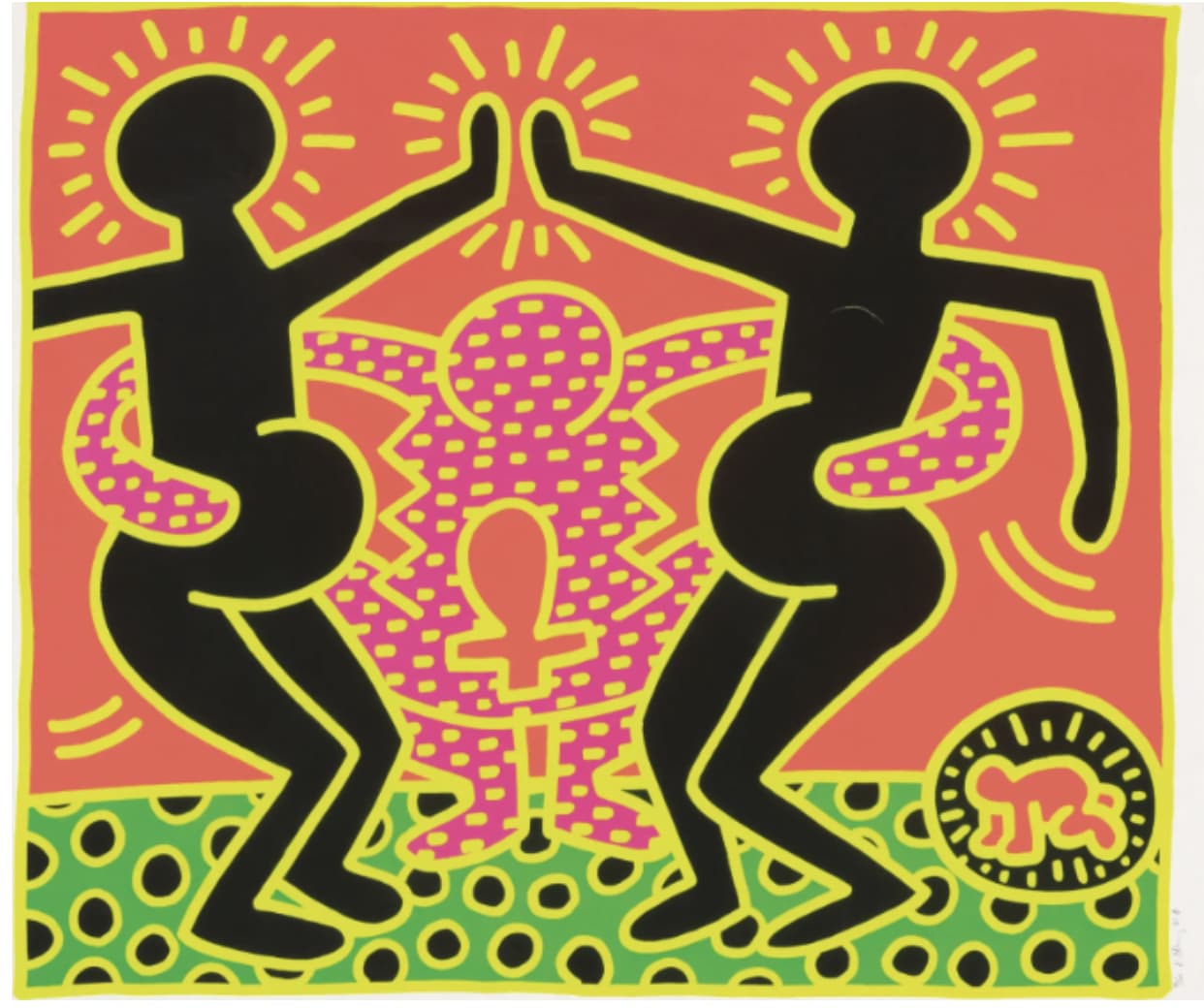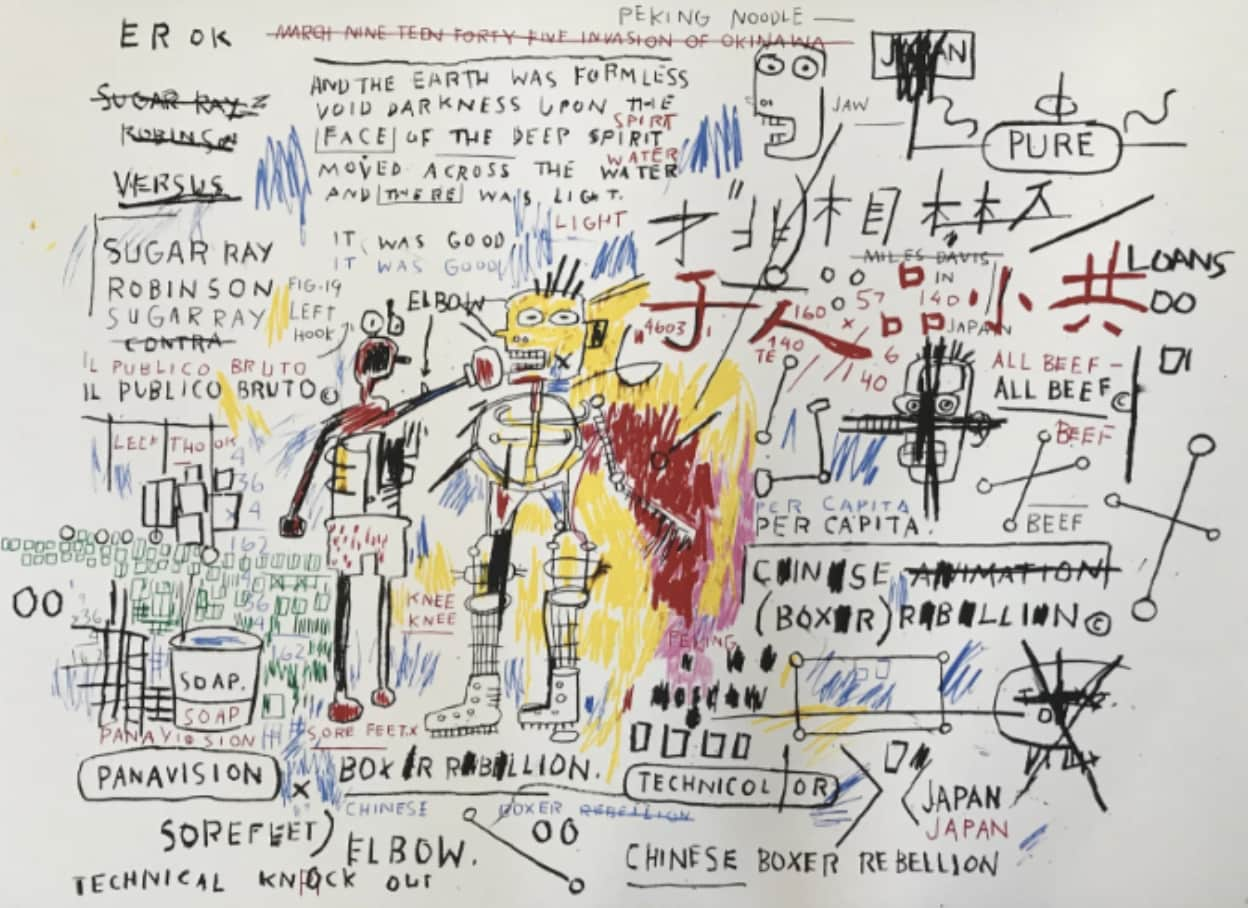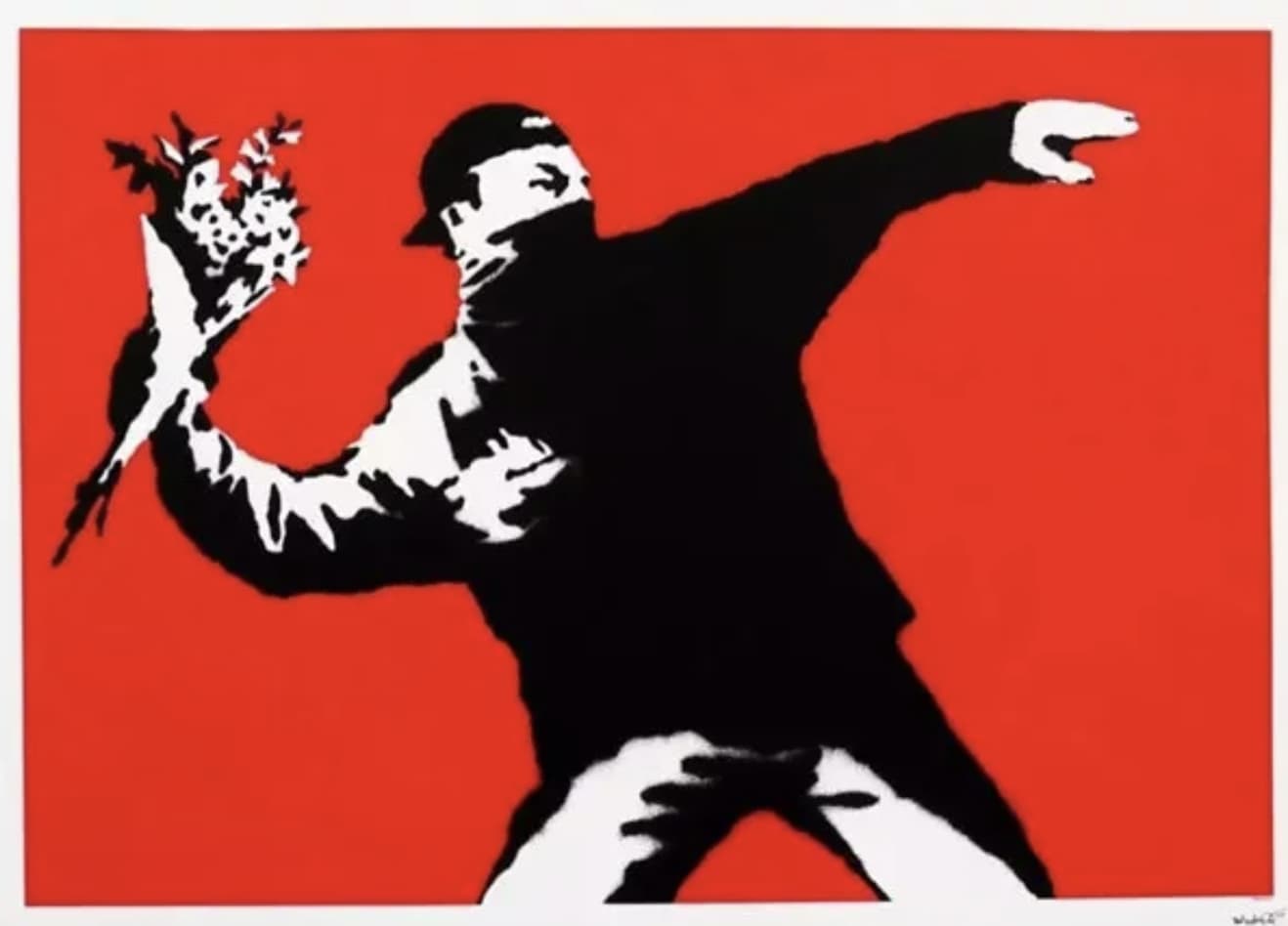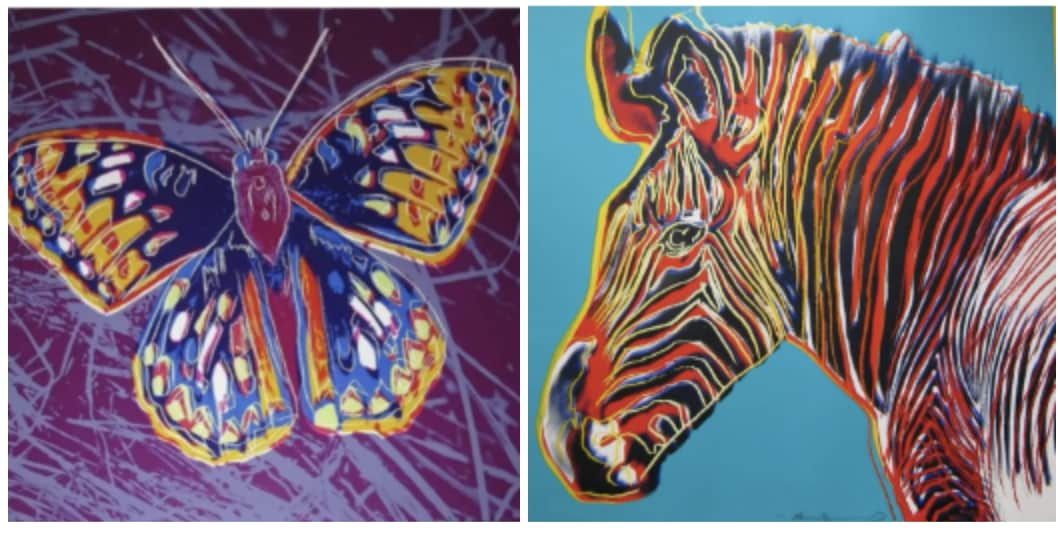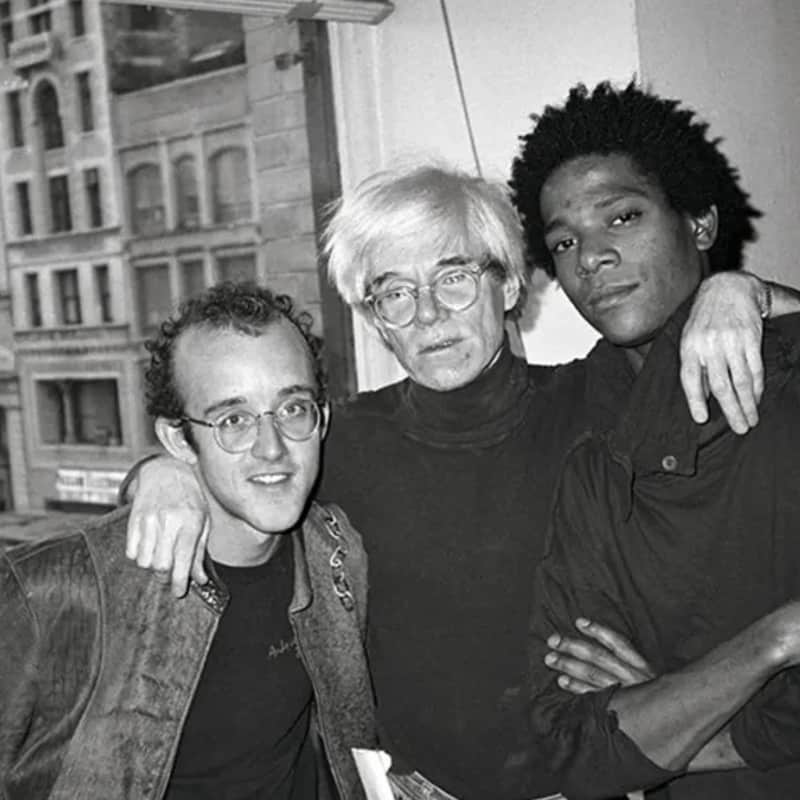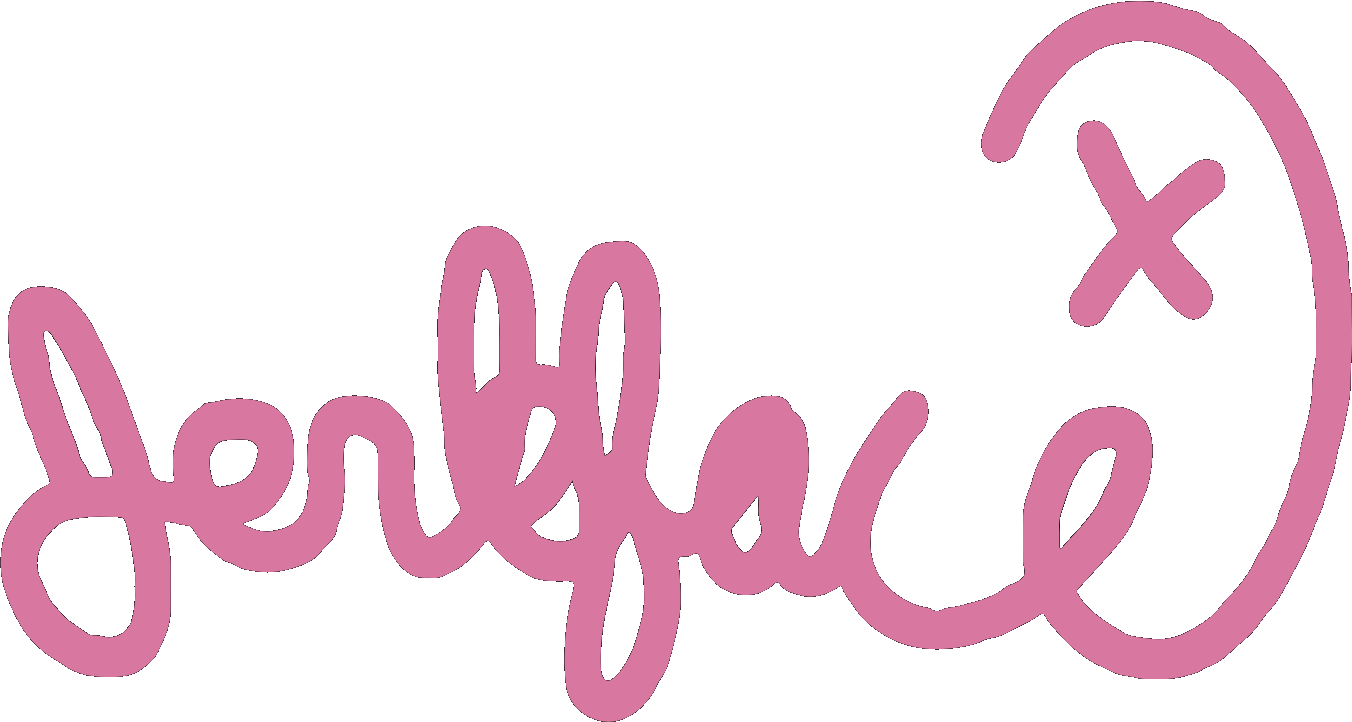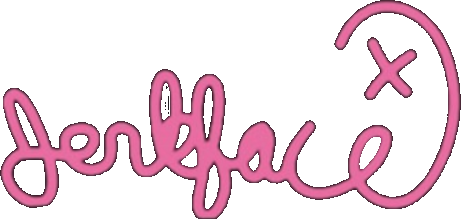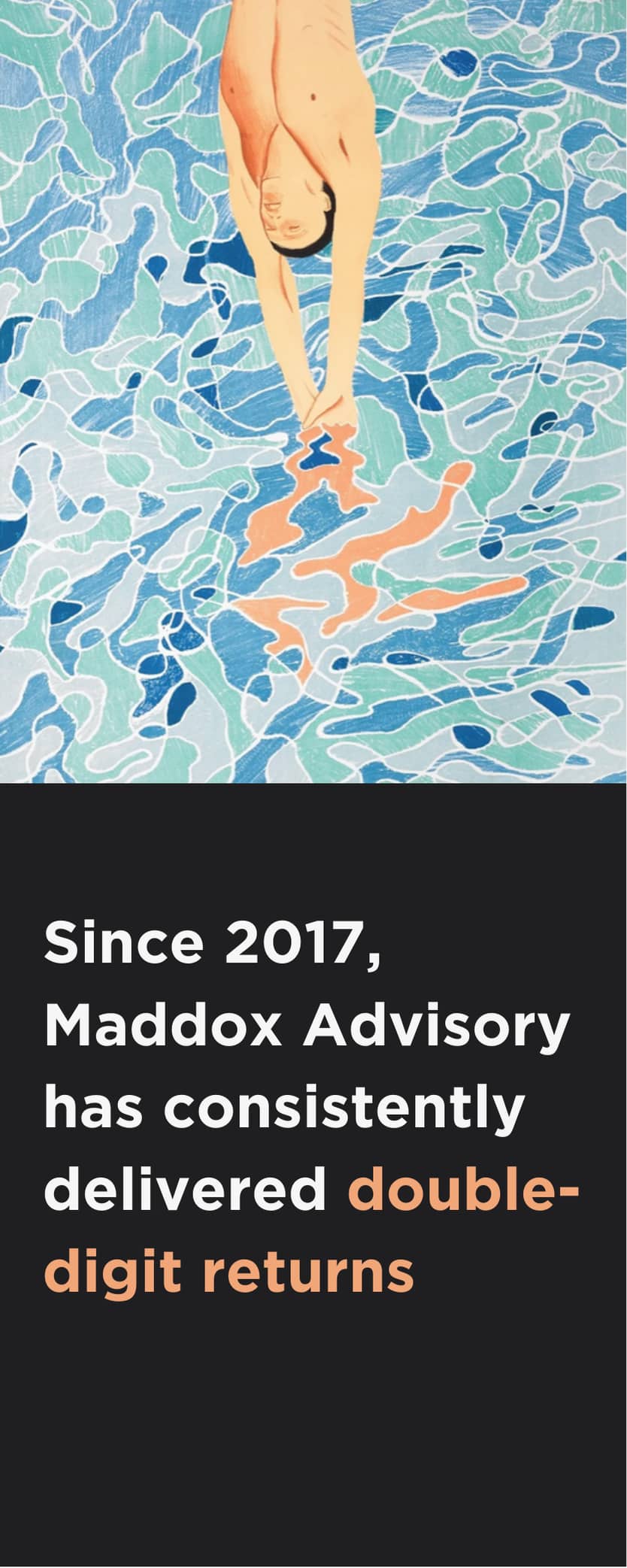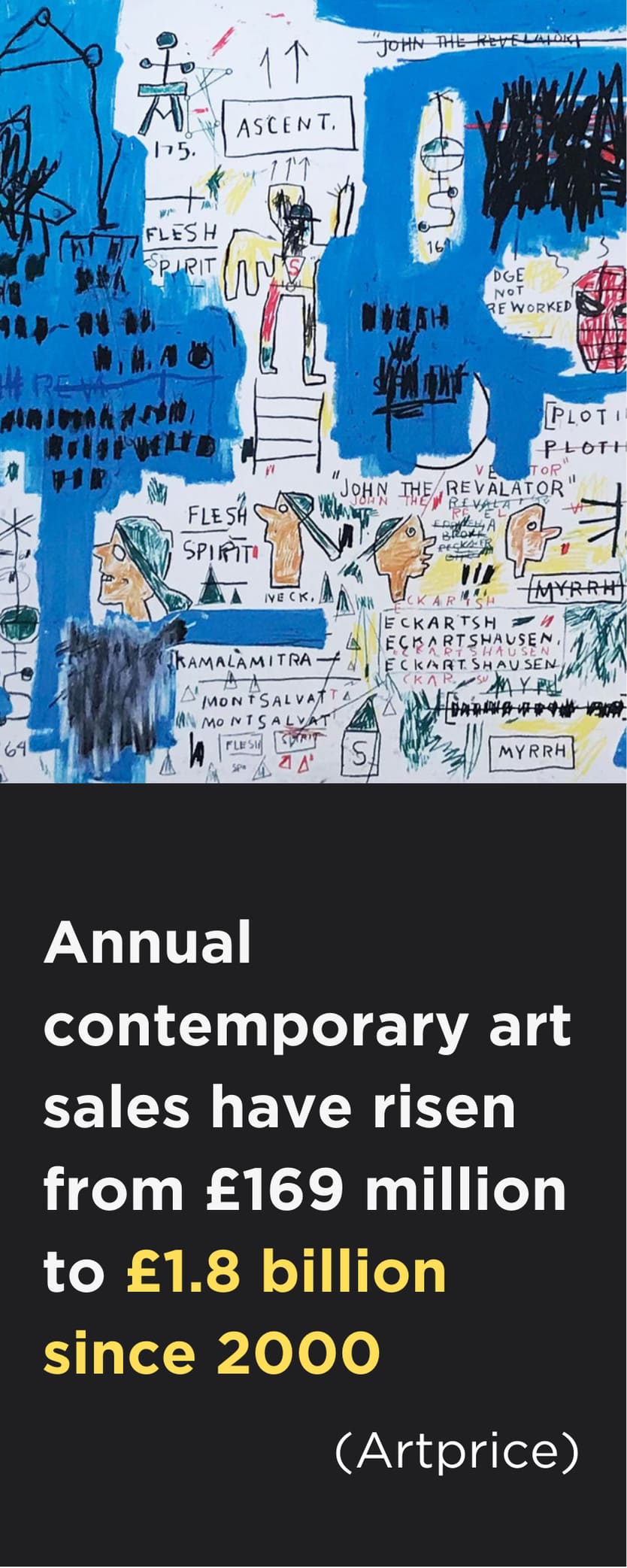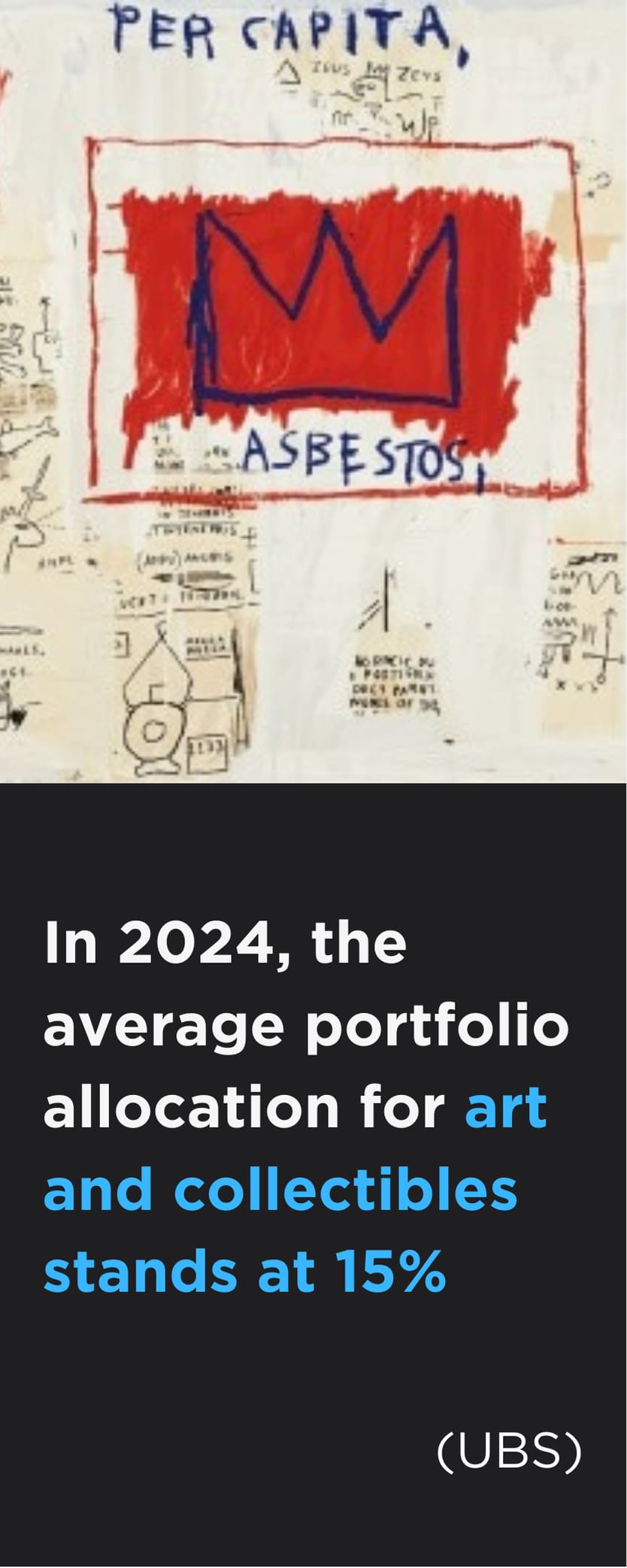Explore the powerful intersection of art and politics through 5 Contemporary political art works that confront injustice, question authority and inspire action. These influential artworks spark meaningful debate, challenge societal norms and highlight the transformative role of art in shaping modern cultural and political conversations.
The Power of Art and Politics
Controversial. Critical. Provocative. Contemporary political art is intended to elicit a visceral reaction from the viewer. For some political artists, using art as a form of provocation is their modus operandi. For others, it is a vehicle for highlighting subjects they are passionate about. For the collector, the intersection of Contemporary art and politics has produced some of the most conversation-worthy works of the 20th and 21st centuries.
What is political art? Put simply, it is art with a political message at its core, art that critiques the current state of affairs, or art that shines a light on issues of social and environmental concern. By challenging societal norms, the aim of political art is to inspire conversation, highlight injustices and instigate change.
The History of Political Art: Giving a Voice to the Voiceless
One of the best-known art world agitators is Banksy, whose political graffiti art spares no punches with its anti-establishment stance. Globally famous for his satirical statements, it is thanks to Banksy that political street art is considered one of the most powerful forms of political expression today.
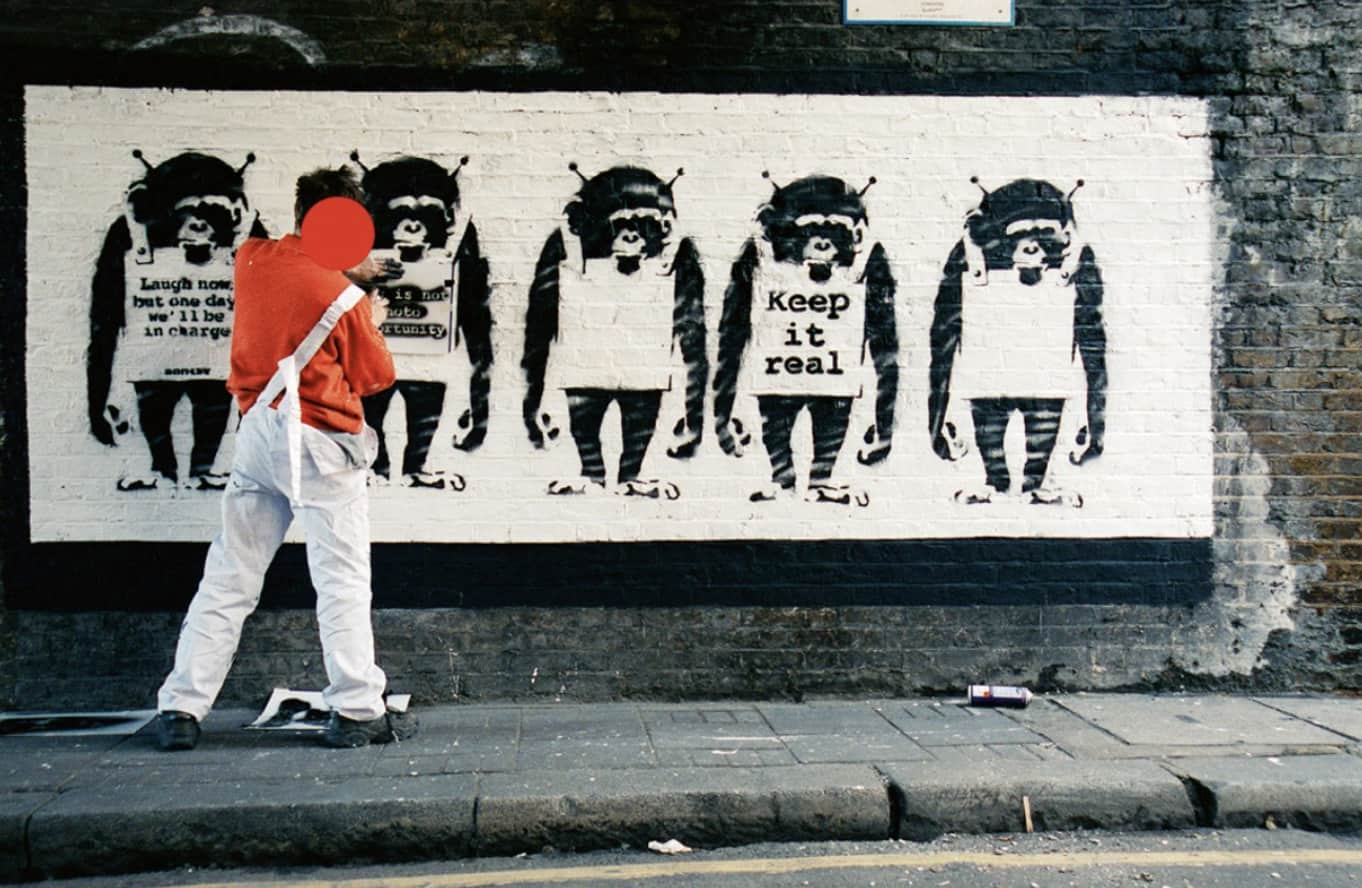
Rivington Street, London, 2002
The origins of political art stretch much further back, however—as far as the 1920s, a time of great social change. From the reactionary art of the Dadaists, whose main purpose was to challenge social norms, to the Mexican Muralists, whose work revolted against the tyranny of industrialisation, the 1920s gave rise to some of the first artistic voices to challenge the status quo through their work. Other political artists quickly followed suit. The paintings of Jacob Lawrence from the 1950s and 60s —the most widely acclaimed African American artist of the 20th century—were inspired by the civil rights movement and featured depictions of police brutality and segregation.
Graffiti began to appear on the streets of New York in the late 1960s, spray-painted on buildings and subway trains, marking the start of one of the most enduring forms of political art. Among the many street artists who used the city as their canvas were Jean-Michel Basquiat and Keith Haring. Drawing on the gritty graffiti politics of their early works, both made the transition from street artist to fine artist in the 1980s without compromising their ideals.
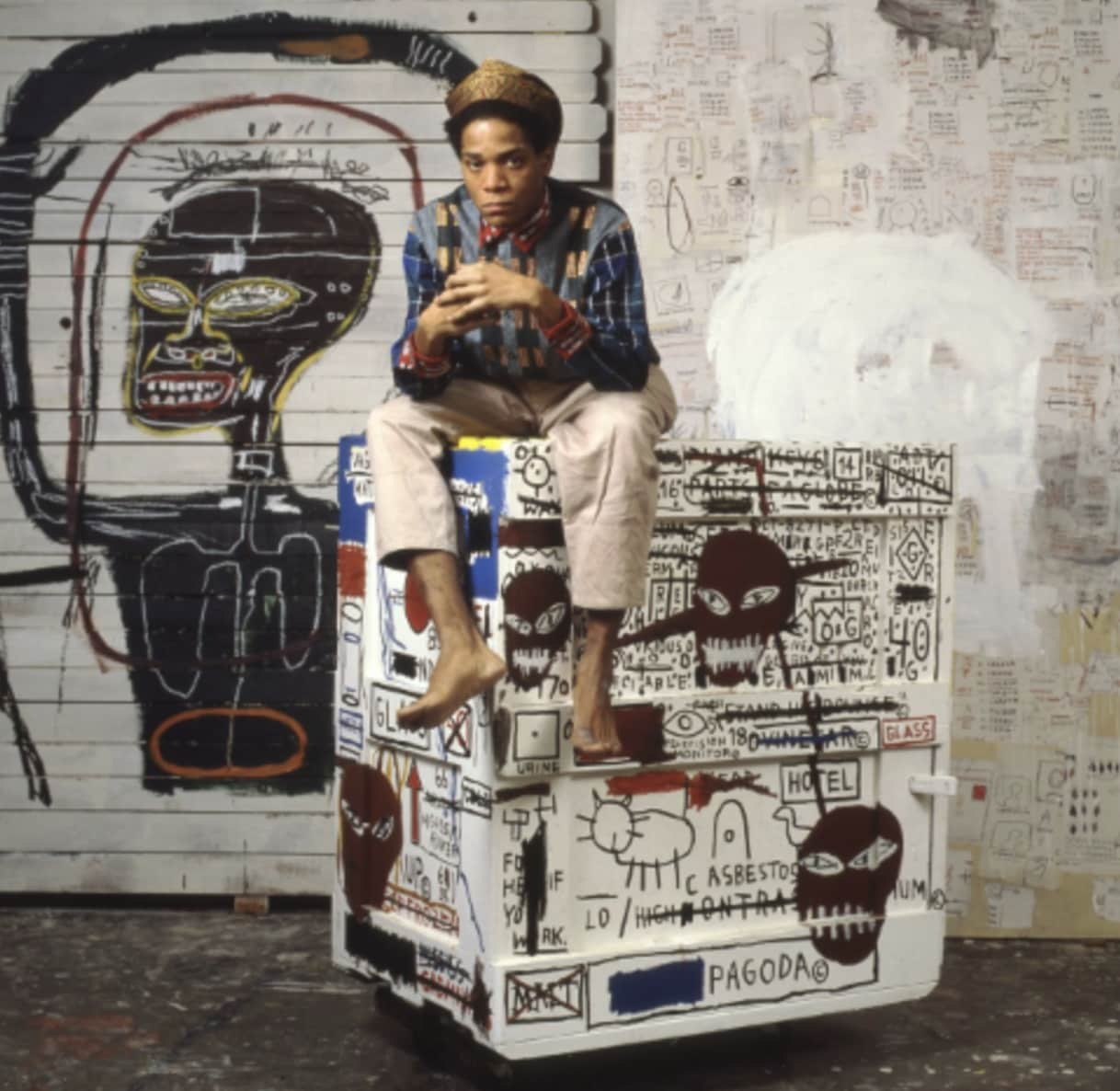
Haring used his political Pop Art to raise awareness of issues such as the crack epidemic, apartheid, safe sex, homosexuality and AIDS, while Basquiat advocated for marginalised communities and critiqued systems of racism, colonialism and capitalism. Highly collectible today, these political artworks set the stage for everyone from Andy Warhol to the Guerrilla Girls, a collective of anonymous feminist activist artists formed in 1985, to create art that bridged the chasm between art and politics.
Contemporary Political Art Today: A Microcosm of the World Around Us
Political art has evolved over the decades to reflect the issues affecting society today. The Scottish artist Ross Muir, best known for his reimaginings of iconic works of art through a contemporary lens, frequently makes sly digs to the corrosive effects of capitalism in his practice. Harland Miller, meanwhile, takes on the world-ending theme of Armageddon in his artwork of the same name—a particularly pertinent topic now that the Doomsday Clock is closer to midnight than it’s ever been.
One of the most politically astute artists of our times, it is fitting that several of the artworks featured below were created by Banksy. As a vocal anti-war activist, he has entered active war zones several times to stencil his murals of solidarity. Most recently in the Ukraine, Banksy left murals on bombed-out buildings. Fusing street art and politics, no history of political art would be complete without the inclusion of this dedicated fighter for freedom, justice and peace.
Influential Contemporary Political Art Pieces
Political Art Piece #1: Banksy’s Jack & Jill (Police Kids)
Presenting a striking contrast between militarisation and innocence, Banksy’s Jack & Jill (Police Kids) depicts two children running joyfully through an idyllic meadow. Produced in 350 signed and 350 unsigned editions, with an additional 22 pink-background Artist Proofs, at first glance the image appears benign and picturesque. However, upon closer inspection, the viewer observes that the children are wearing bulletproof vests, emblazoned with the word "POLICE".
Banksy has become the flag bearer for Contemporary political art. Here, he employs the technique of subversion to inform the audience that reality is not always as it seems. Contrasting the freedom and innocence of youth with the jarring image of children wearing an item of clothing closely associated with violence, Banksy’s disdain for the police is a recurrent theme in his work.
The symbolism of Jack & Jill (Police Kids) is open to interpretation. Banksy may be referencing the highly policed and surveilled nature of public spaces. Alternatively, it could be viewed as politicising paranoia on a larger social scale as a result of mass media and the omnipresence of surveillance technology.
Political Art Piece #2: Keith Haring’s Fertility Suite Untitled 4
New York’s Keith Haring frequently held a mirror up to the world around him in his art. An activist as well as an artist, the range of Keith Haring political art is broad and includes posters, murals and prints designed to draw attention to a wide range of causes.
The 1983 screen print Fertility Suite Untitled 4 was created by Haring to highlight the prevalence of HIV among pregnant women in Africa. An edition of 100 created in 1983, this powerful tribute to womanhood highlights the horrors faced by pregnant women living with HIV/AIDS, who faced debilitating illness, social isolation and certain death within years.
Between two pregnant African women dancing and high-fiving, a central pink figure wraps its arms around them. Representing the HIV/AIDS epidemic that swept through Africa in the 1980s, Haring added yellow dashes all over the figure to represent the scars or lesions commonly associated with HIV/AIDS. In the centre of the figure’s stomach, the Egyptian hieroglyphic for "life" is included, highlighting the paradox of celebrating life while living with HIV/AIDS.
Testament to the power of art for political change, Haring’s Fertility Suite Untitled 4, part of a portfolio of five political art prints, sparked a complex dialogue about the HIV/AIDS crisis that was often avoided due to the stigma of the disease. Meanwhile, the Keith Haring Foundation established by the artist in 1989 continues to thrive, enriching the lives of underprivileged children and supporting hundreds of AIDS-related organisations.
Political Art Piece #3: Jean-Michel Basquiat’s Boxer Rebellion
Jean-Michel Basquiat’s political art frequently homed in on themes of race and identity. The artist would often layer his paintings with fragmented and disjointed words, symbols and images that reflected his own experiences as a black artist who was all too familiar with oppression in the black community.
The original design of Boxer Rebellion was created by Basquiat in 1982/1983, with an edition of 60 limited-edition prints released by his estate in 2018. Exploring themes of rebellion, resistance and social unrest, this powerful piece of Basquiat political art reflects on the power dynamics involved in the Boxer Rebellion, an anti-foreign, anti-imperialist and anti-Christian uprising in North China between 1899 and 1901, and how similar class struggles were still taking place in his lifetime, with Chinese and black athletes becoming symbols around which conversations and disagreements over racial issues took place. The two boxers in the work are punching each other, with Basquiat colouring one of the men yellow to show how often race was reduced to a stereotype in society.
Political Art Piece #4: Banksy’s Love is in the Air (Flower Thrower)
One of Banksy’s earliest images and arguably his most famous political artwork, Love Is in the Air (Flower Thrower) was released as a limited-edition screen print in 2003. Comprising 50 signed works, 450 unsigned works and 27 Artist Proofs, it is largely monochromatic in style, with the central figure stencilled in black and white against a red background. It has since been released in multiple colourways and as a triptych in 2019.
The image shows a young man with a bandana partially covering his face—a potent symbol of the political protester—throwing a bouquet of flowers in the place of something altogether more violent, such as rocks or a Molotov cocktail. Reportedly inspired by the wave of anti-Vietnam War demonstrations held in New York, San Francisco and many other US cities in the 1960s, this striking piece of Banksy political art first appeared in an explicitly political context, as a large-scale mural in Bethlehem on the West Bank Wall in 2003.
Political Art Piece #5: Andy Warhol’s ‘Endangered Species’ series
Obsessed with celebrity and consumer culture, Andy Warhol’s unique approach to political art was revealed when he created the Endangered Species series in 1983. Commissioned by the art dealers and environmental activists Ronald and Freyda Feldman after a passionate discussion on the subject, the series’ political stance was clear—why were governments not stepping in to help protect the 10 endangered species depicted in the series?
Included in Warhol’s political art prints was every creature from the Endangered Species Act of 1973, rendered in his signature technicolour style, including Grevy’s Zebra and the San Francisco Silverspot Butterfly. Warhol's elevation of these animals to pop culture status played a huge role in raising awareness of these endangered species and generating funds for their preservation. Since the creation of this collectible Andy Warhol political art series, the Bald Eagle, the Pine Barrens Frog and the Giant Panda have been removed from the Endangered Species list.
Themes Explored in Contemporary Political Art and Why they Matters Today
Today’s paintings about politics range from the inferred to the explicit, like Banksy’s Devolved Parliament. This famous political artwork replaces British MPs with chimpanzees in the House of Commons, serving as a mirror to the often absurd theatre of politics. Holding immense significance in our increasingly fragile and fragmented world, Contemporary political art is of great societal and cultural importance. Challenging the viewer’s preconceived notions while drawing attention to the struggles faced by many around the world, it continues to influence conversations around justice, equality and freedom, and inspire other artists to use their art to express deeply held opinions.
The Beijing-born artist Ai WeiWei has spent a lifetime creating controversial political art that speaks out about human rights and government policy in China. Art and democracy are close bedfellows, with art, like democracy, about freedom of expression and inviting viewers into perspectives and ways of life that are different from their own. “Art is the great democrat,” declared John F. Kennedy, the 35th president of the United States, in 1962, “calling forth creative genius from every sector of society, disregarding race or religion or wealth or color.” Contemporary political art has the power to elevate marginalised voices and be a catalyst for awareness, especially among those who have become disenfranchised. It is also a powerful tool for inspiring social and political change, capturing people's attention and spurring them into action.
Collecting Political Art: A Statement of Values
There is a growing interest among collectors for acquiring works by artists who address social and political issues in their works. Not only is political art a great way of aligning your artworks with your personal values and beliefs, you will also be investing in a piece of history that projects the tensions, considerations, feelings and emotions of the time.
History has proven that art has the power to initiate change, with artists like Keith Haring and Jean-Michel Basquiat remembered as icons of resistance. Just like their predecessors, the artistic legacy of today’s change makers will be built on their ability to inspire action on a global scale—and that is worth celebrating with one of their artworks on your wall.
Explore a wide range of political art at Maddox Gallery by speaking to one of our Maddox Art Advisors.
